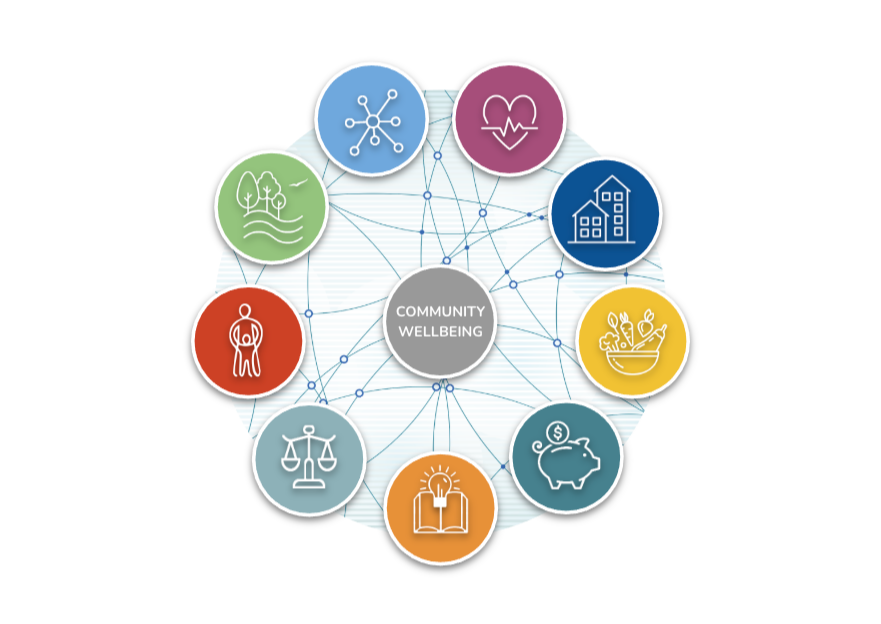
Santa Barbara County Community Dashboard
The Santa Barbara County Community Dashboard is a community-led, online platform designed to provide a comprehensive view of key indicators impacting the wellbeing of Santa Barbara County.
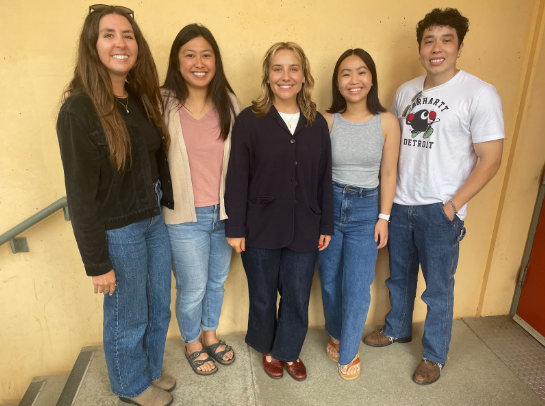
Increasing the Capacity and Collaboration to Conserve the Gaviota Coast
LegacyWorks is excited to partner with the Bren School of Environmental Science and Management at UCSB for a master’s group project aimed at conserving the Gaviota Coast.
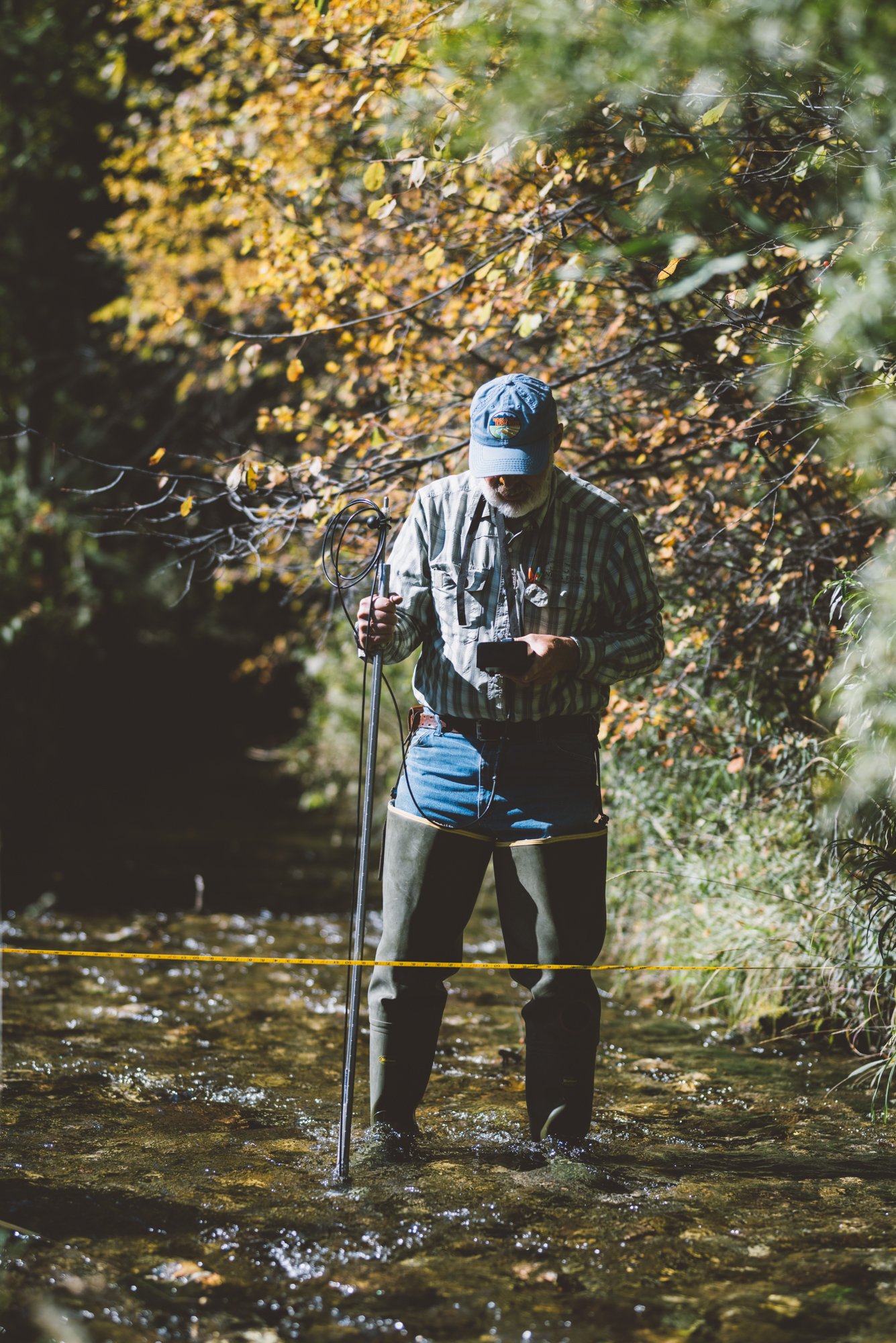
Teton Basin Water Users Association
LegacyWorks Group is a founding facilitator and ongoing advisor to the Teton Basin Water Users Association, advancing collaborative, community-based solutions to restore the Teton Basin aquifer and protect local agriculture and ecosystems.
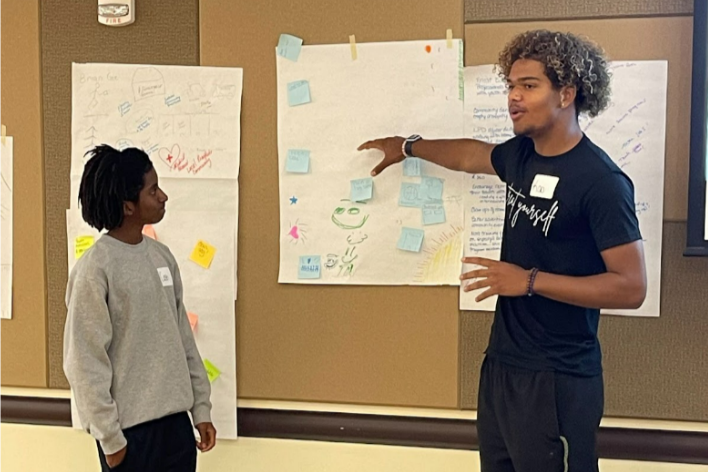
Self Healing Communities
Following the tragic death of Marlon Brumfield and other youth in Lompoc in 2018, Yasmin Dawson and Cozy Blow co-founded Collective Cultures Creating Change (C4) Lompoc as a non-profit organization committed to reducing violence, improving outcomes for youth and catalyzing systemic change in Lompoc.
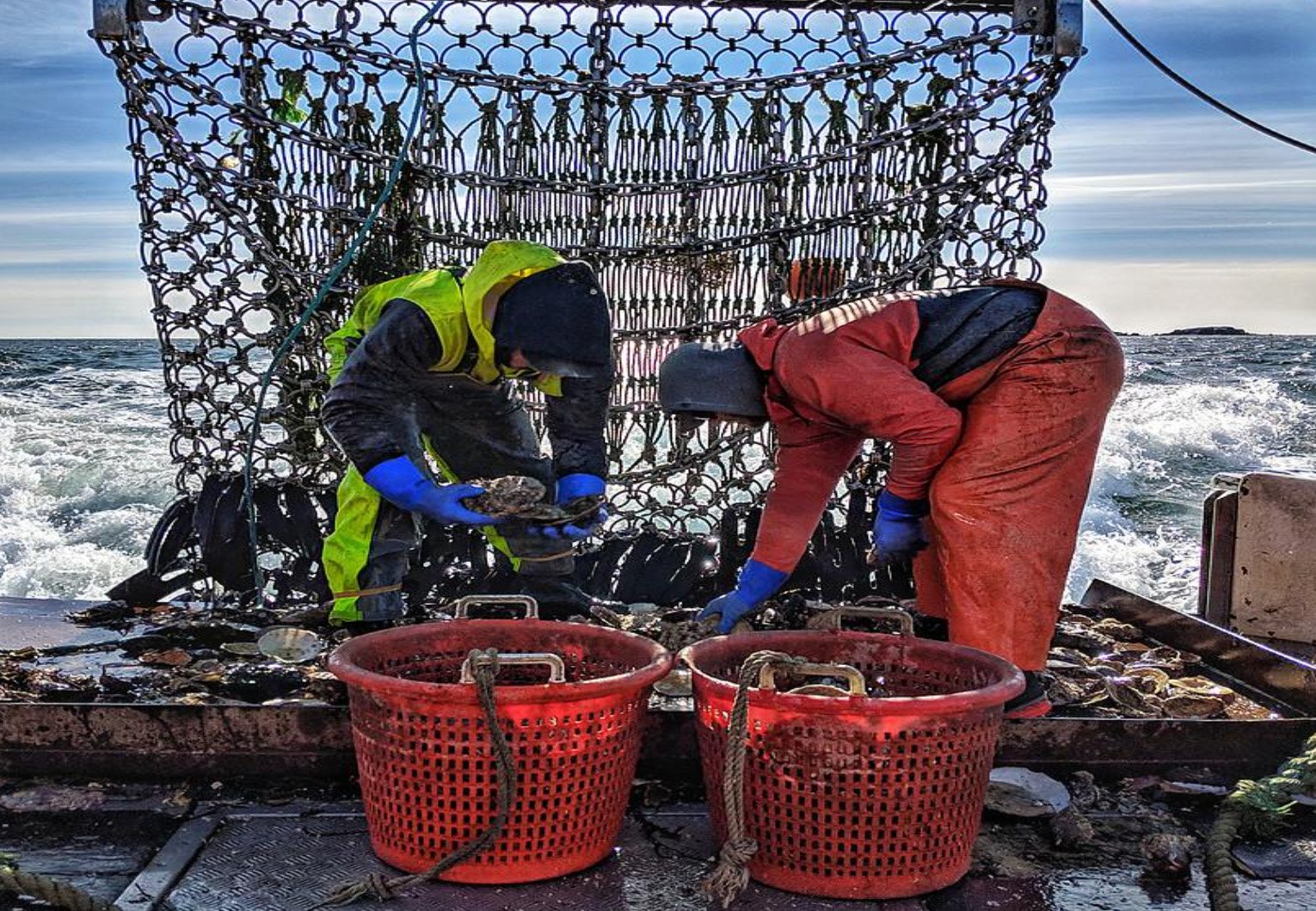
Catch Together Collective
Since early 2022, LegacyWorks Group has been playing a central role in the evolution of Catch Together, a nonprofit program helping small-scale fishermen and heritage fishing communities ensure they retain access and continue to steward and conserve their local fisheries.
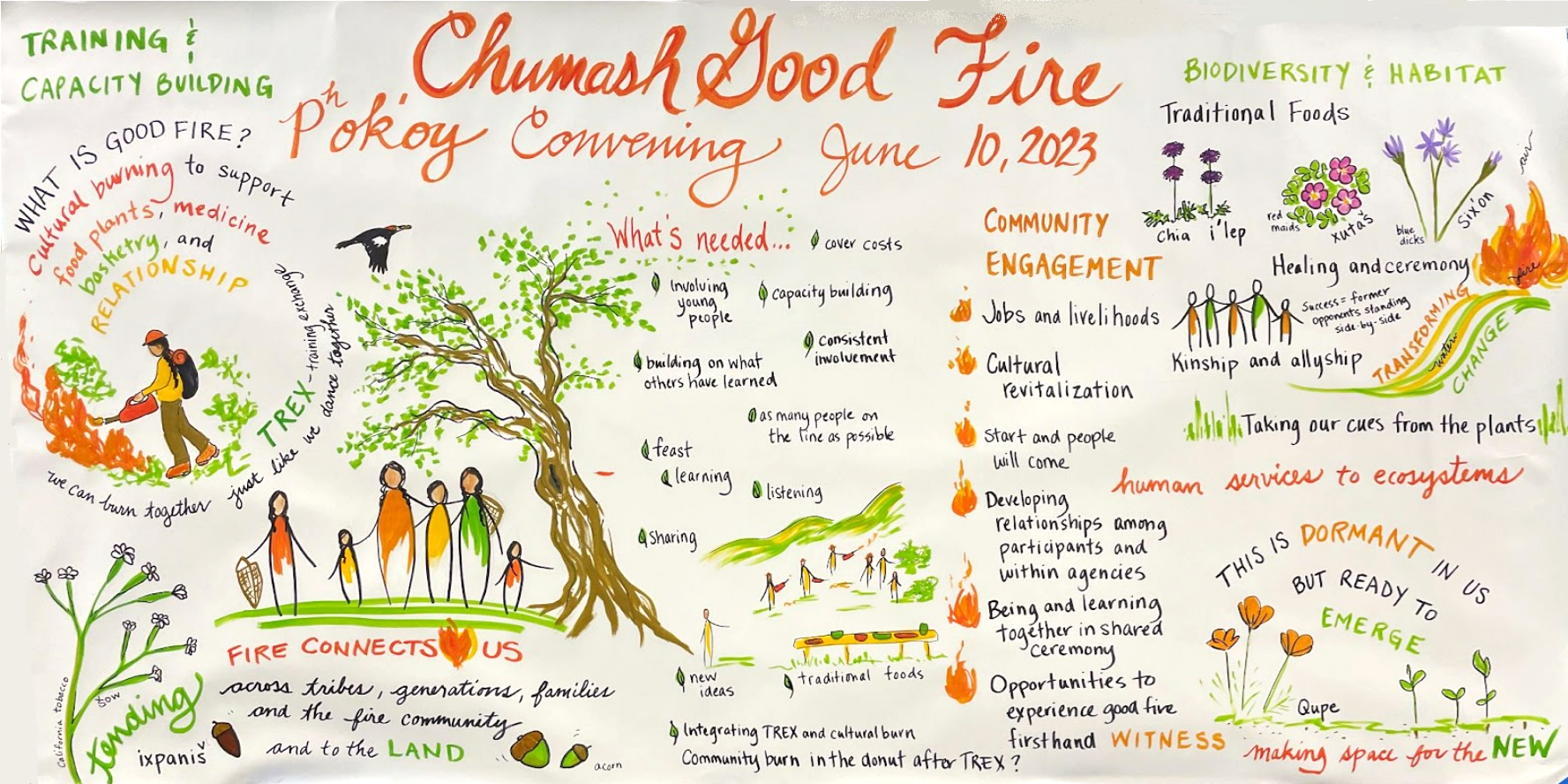
Good Fire
In 2017, the Thomas Fire raged through Ventura and Santa Barbara Counties. At the time, it was the largest, most devastating wildfire in history; burning more than 285K acres in Ventura and Santa Barbara Counties, destroying over 1,000 buildings, resulting in over $2.2B worth of damages and causing over 100K people to evacuate their homes.
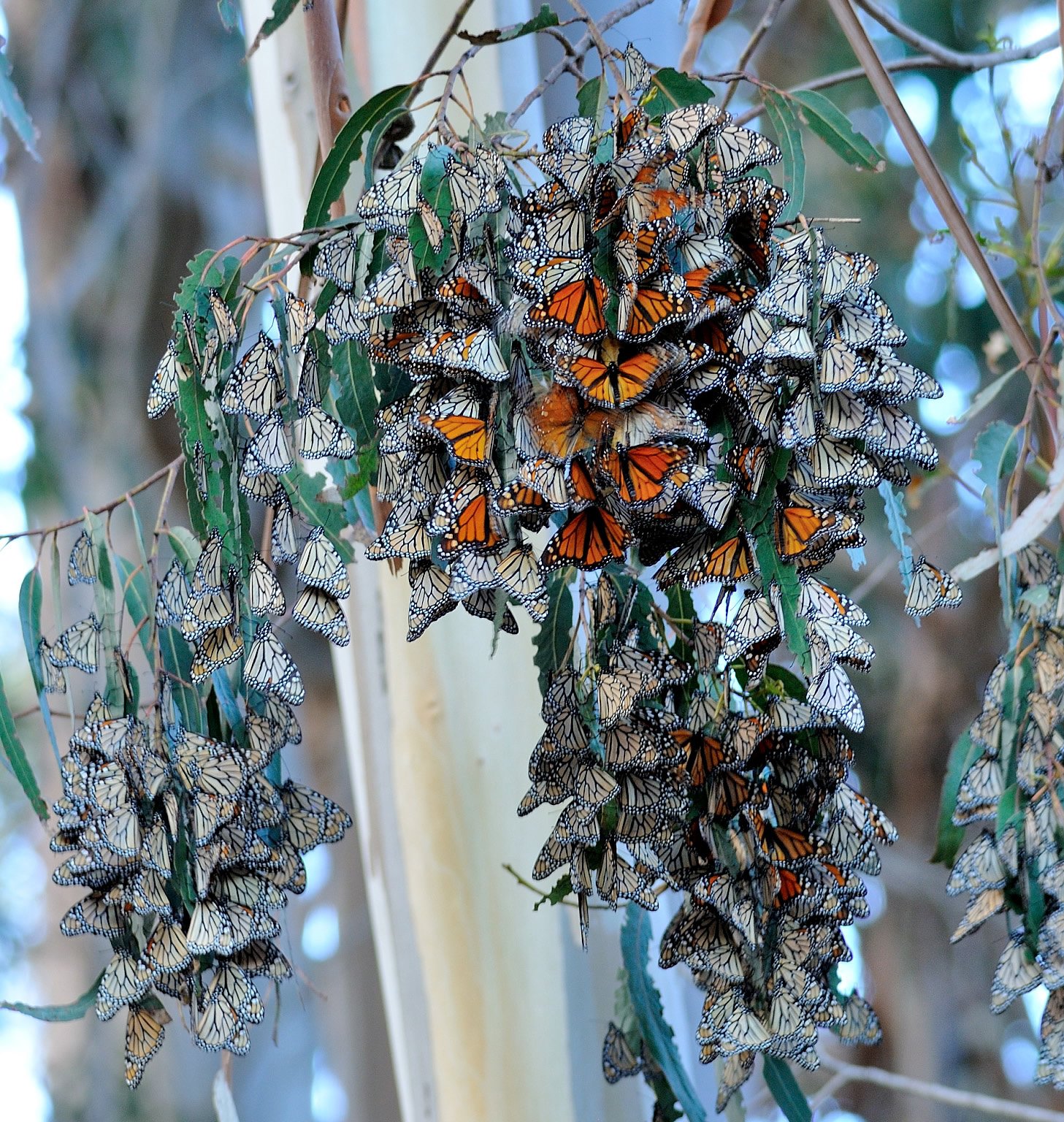
City of Goleta Ellwood Mesa
The City of Goleta’s Parks and Open Space Division invited LegacyWorks Group to help them unveil their efforts to restore the monarch butterfly habitat at Ellwood Mesa.
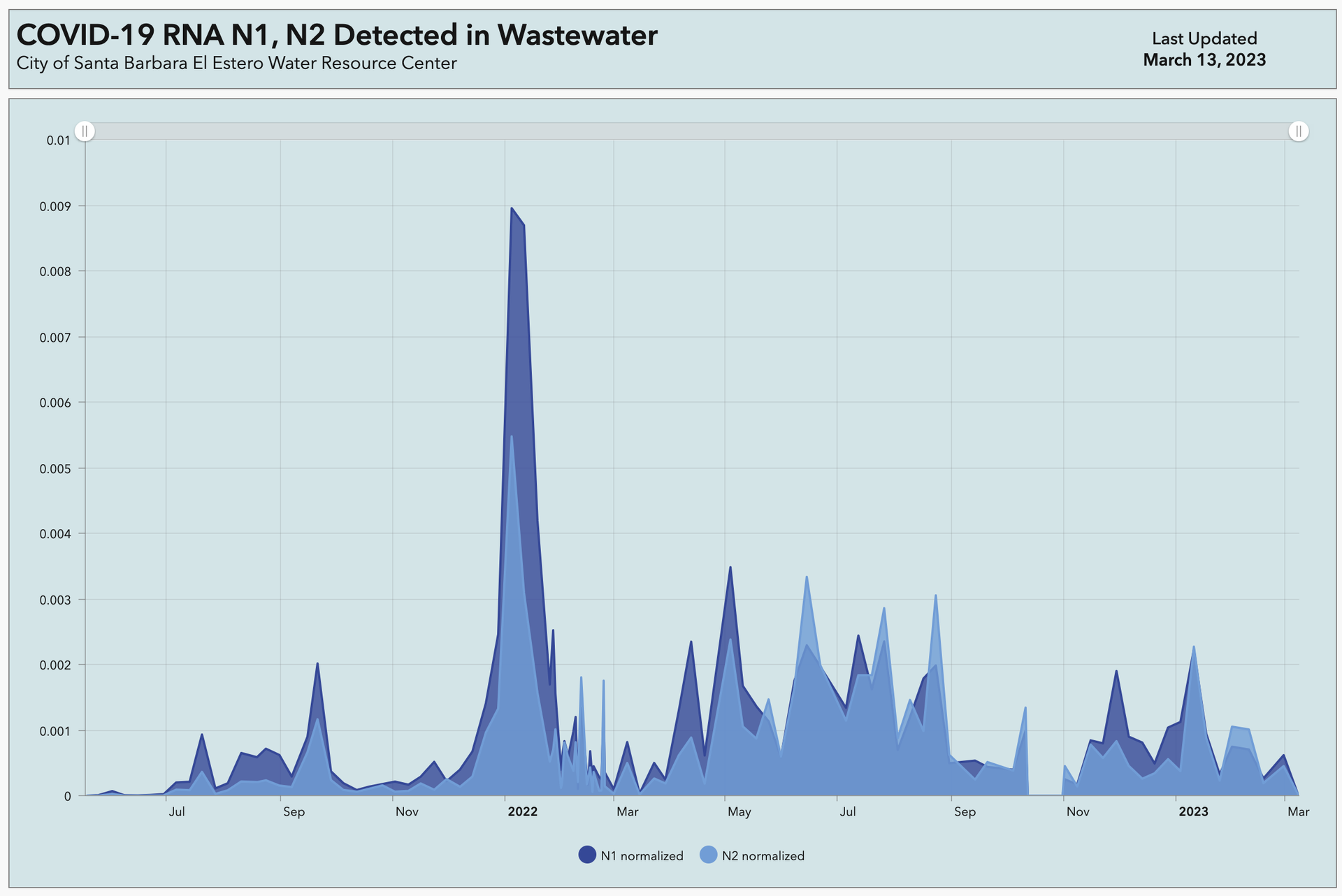
Wastewater Surveillance Dashboard
During 2020-2021, LegacyWorks partnered with Santa Barbara County to develop the Community Data Dashboard to provide residents and leaders with timely access to trustworthy data on COVID-19. In 2022 our partnership expanded COVID-19 monitoring and reporting through implementing wastewater surveillance.

Resilient Santa Barbara County (RSBC), PACEs Connection and Network of Care
Resilient Santa Barbara County (SBC) is a countywide network dedicated to preventing and reducing the impacts of Adverse Childhood Experiences (ACEs) in Santa Barbara County. It is overseen by the ACEs Steering Committee, a group of volunteers who are shaping the vision, purpose, principles and objectives of this emerging network.
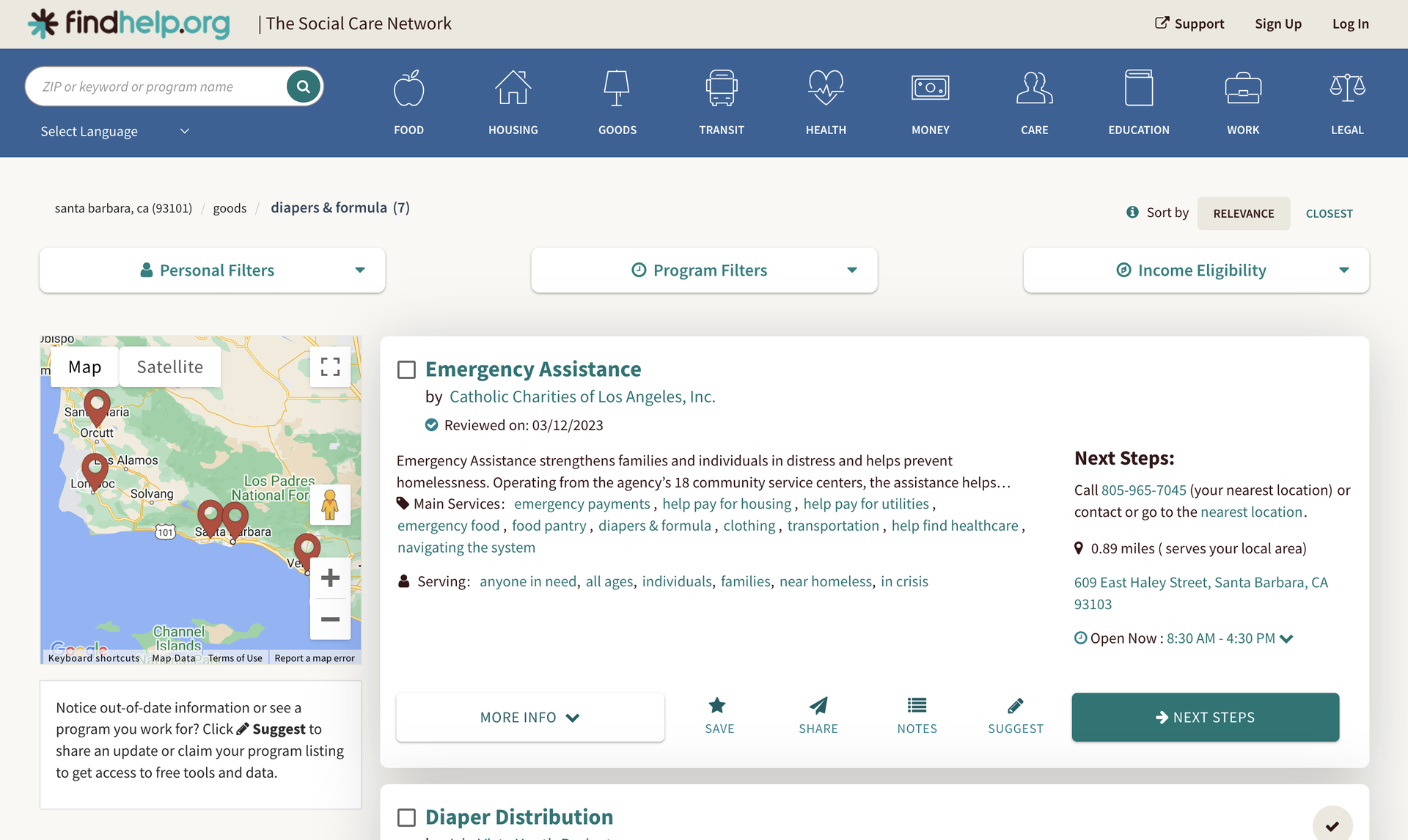
Network of Care and FindHelp
The LegacyWorks team worked alongside Cottage Health to help provide support for community organizations to implement FindHelp. FindHelp is the platform chosen by the Network of Care to implement a standardized referral system and resource directory throughout the county social sector.
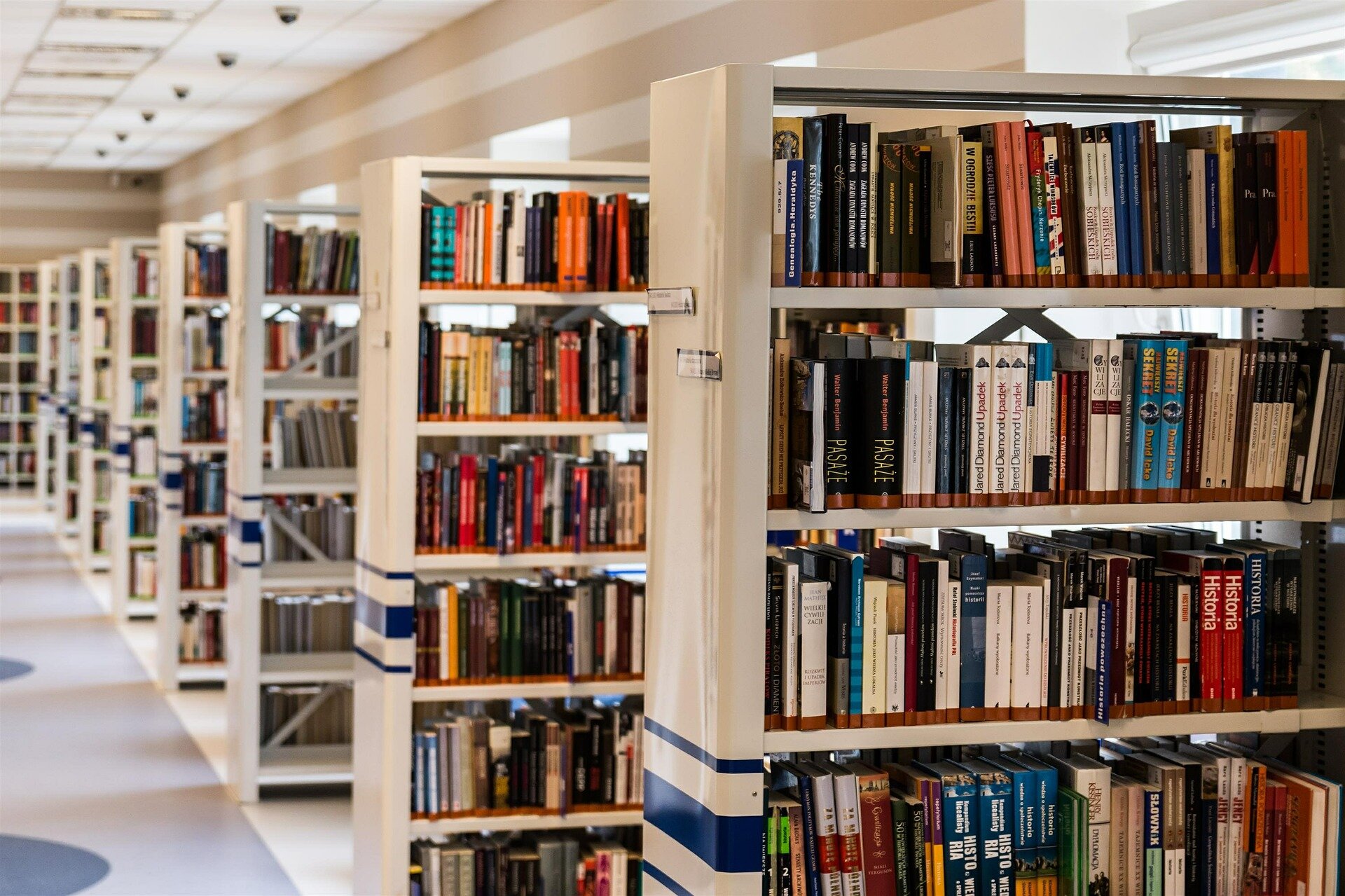
Library Ad Hoc Committee Facilitation
The Santa Barbara County Library Ad Hoc Committee was established by the Board of Supervisors to find a sustainable and equitable model for county libraries. Members of the committee include two County Supervisors, four Library Directors, one member of a library Friends group, one Library Advisory Committee member, and the Director of the County Community Services Department.
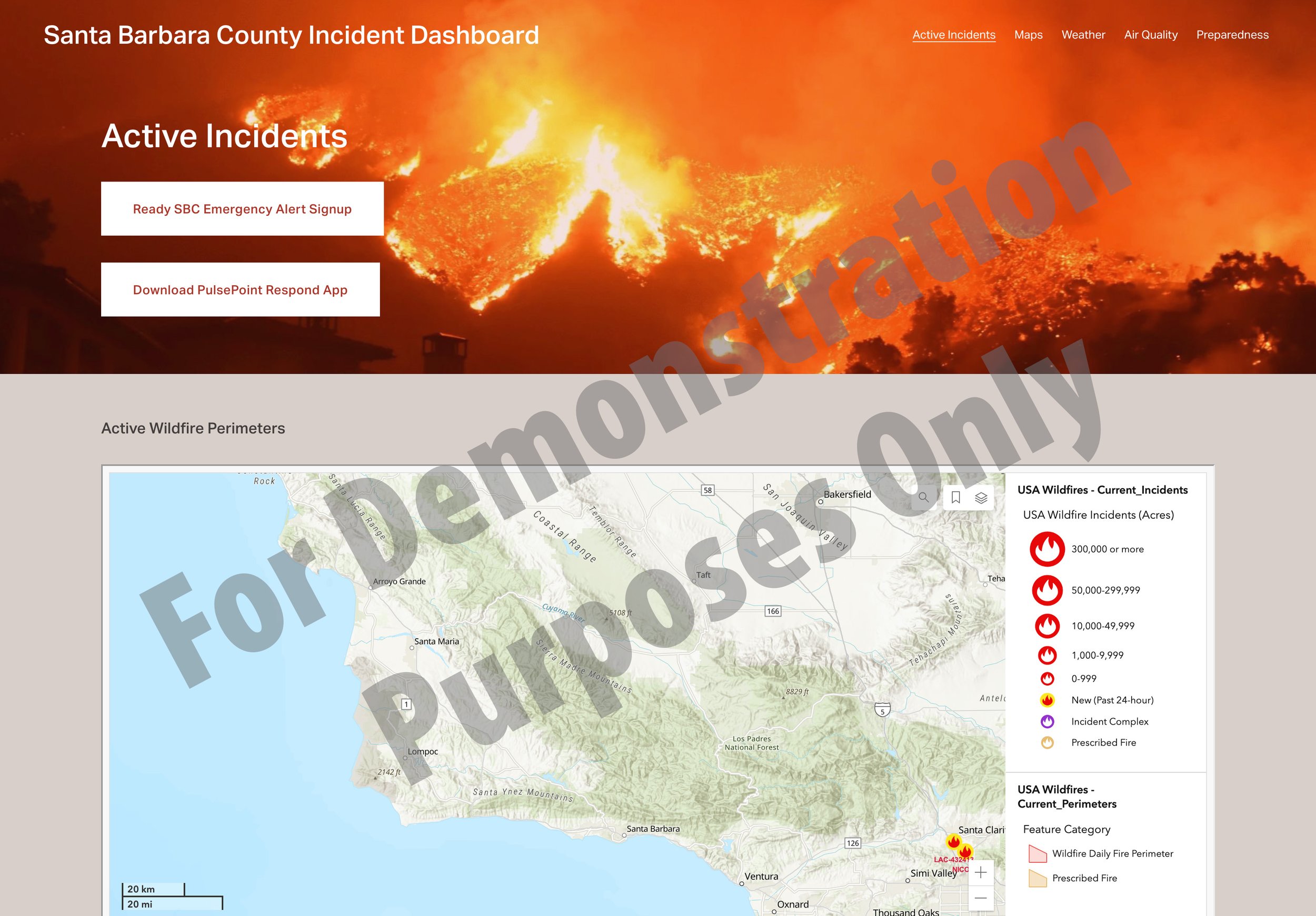
Wildfire Incident Dashboard
In consultation with diverse stakeholder groups, including Santa Barbara County Fire and community stakeholders, the LegacyWorks team developed a Wildfire Incident Dashboard prototype.
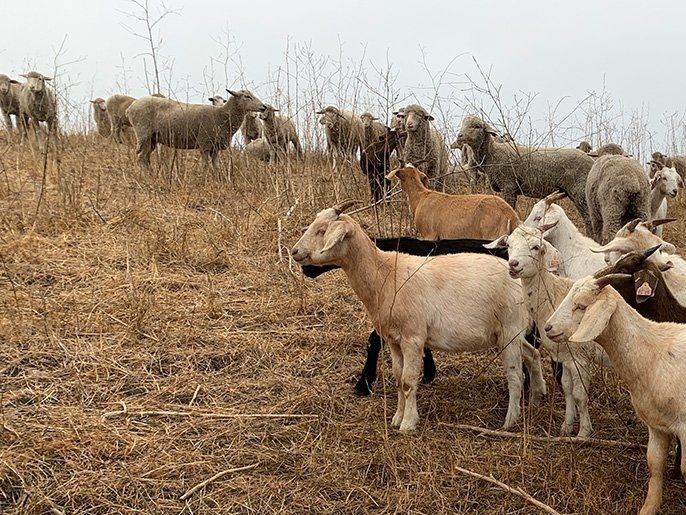
Prescribed Herbivory
Prescribed herbivory and grazing is a unique tool that can reduce fire fuels, create mosaics of open space in thick brush, reduce invasive species, improve soils and native habitat, and reduce the risk of high-severity fires.
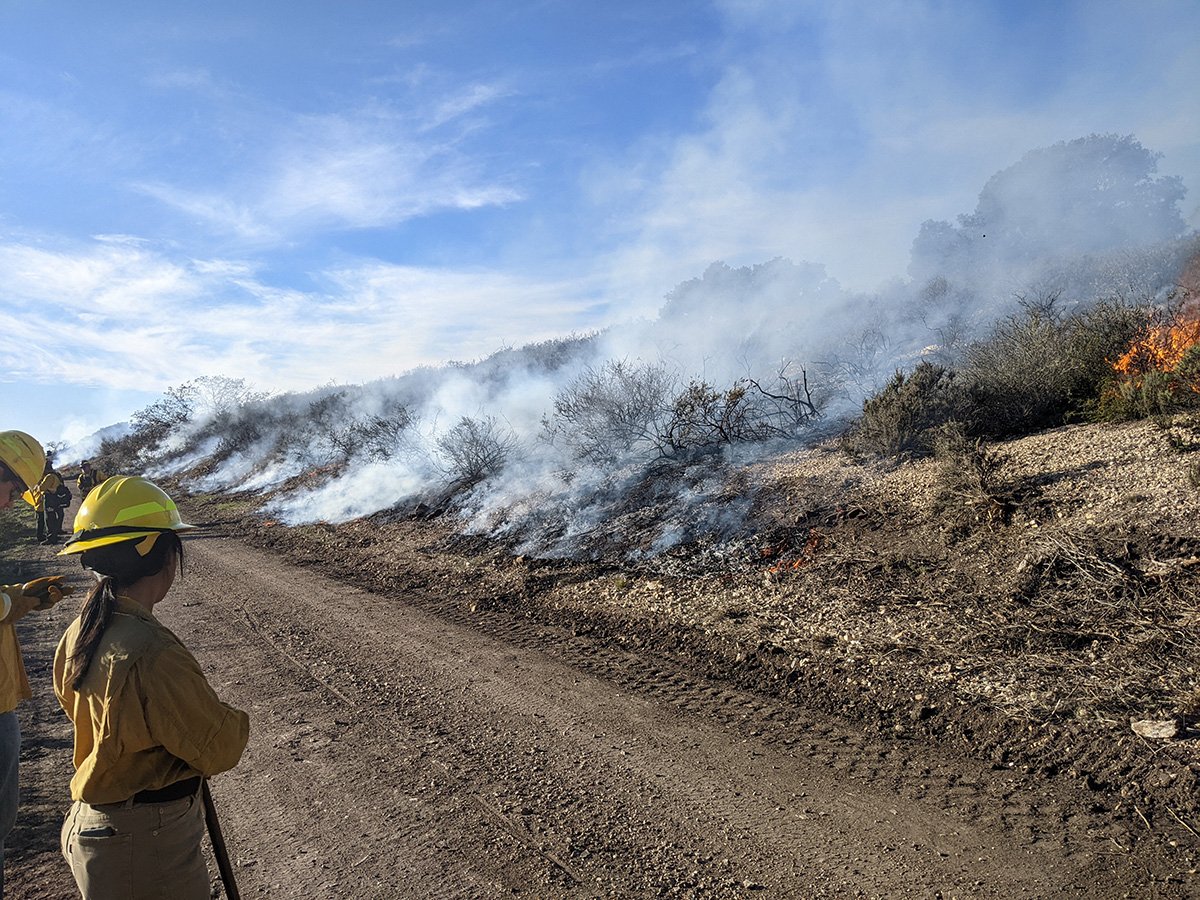
Indigenous Cultural Burning Practices
Indigenous people traditionally used low intensity fire to shape landscapes, ensure the abundance of culturally important plants, create clearings for wildlife and open understories for access to foraging areas. Today, Good Fire has functionally been removed from our landscape due to the loss of cultural burning traditions combined with more than 100 years of aggressive fire suppression.
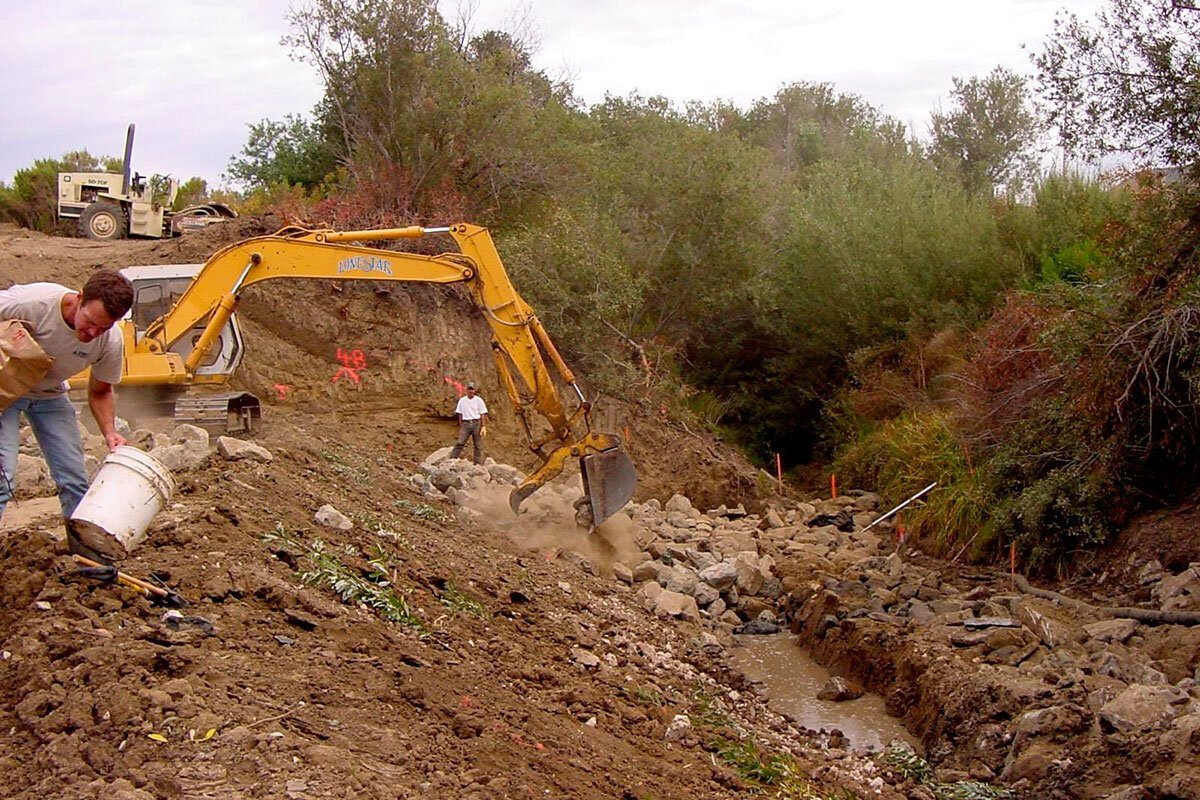
Goleta Riparian Corridor Wildfire Risk Reduction & Restoration Project
The Goleta Riparian Corridor Wildfire Risk Reduction & Restoration Project was funded by a California Coastal Conservancy Grant and builds on initial planning work by the Environmental Defense Center that identified wildfire risks and restoration opportunities in numerous sites within twelve watersheds.
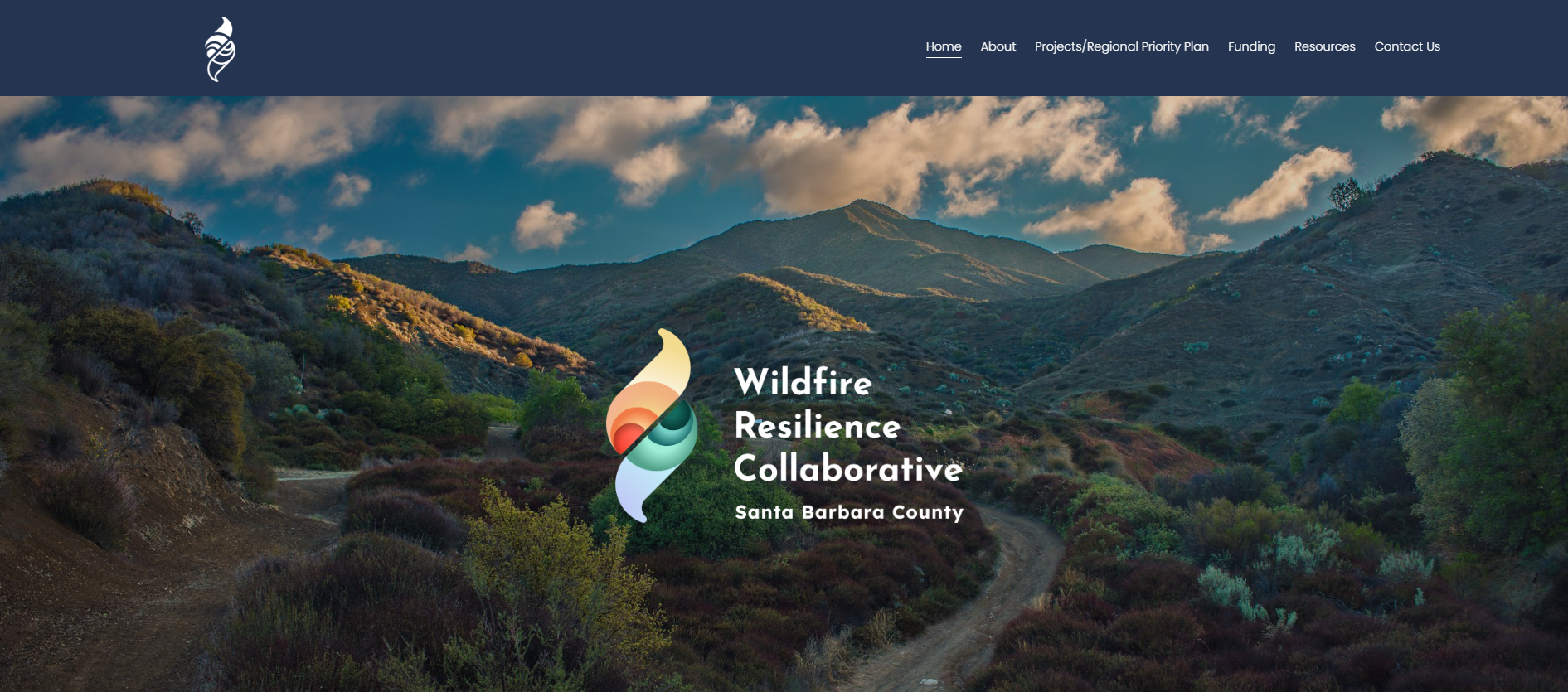
Wildfire Resilience Collaborative
Santa Barbara is rich in natural communities that are specifically adapted to its Mediterranean weather patterns. These include coastal scrub, chaparral and foothill woodland plant communities, some of the world's most imperiled ecosystems.

SBC Water Quality Dashboard
Our Santa Barbara team has the great pleasure of living and working in the Santa Barbara region, while also interfacing with our teams working in the northern Rockies and in southern Baja California Sur. While far apart, all the communities we work with are facing the worst drought in the historical record, exacerbating long term challenges around water quality and water supply. Frustratingly, it can be remarkably difficult to get straightforward data on the state of our water.
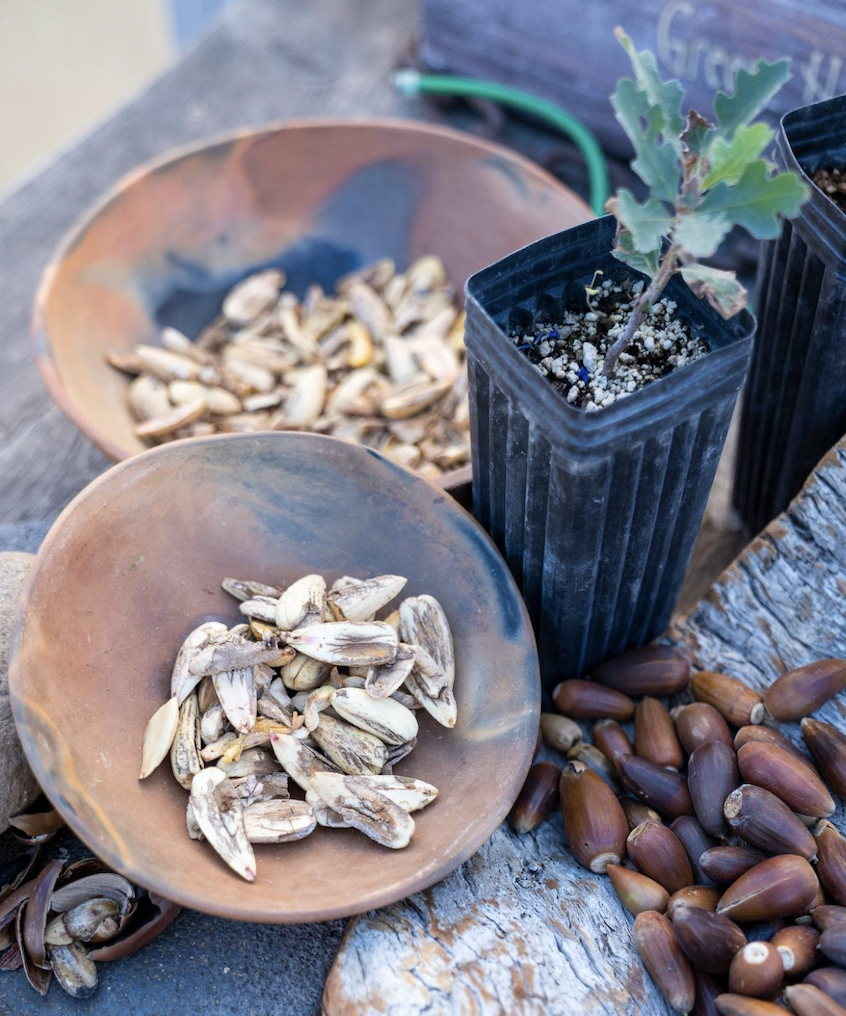
Chumash Good Fire Project
Since our last letter to you, December rains have rejuvenated the hillsides and provided a brief respite from the concern of wildfires. Yet with such a dry, hot January and February and the continuing drought, we’re rapidly headed into a long season of very high fire risk. The question of how we learn to live with this new wildfire regime is at the forefront of our minds.
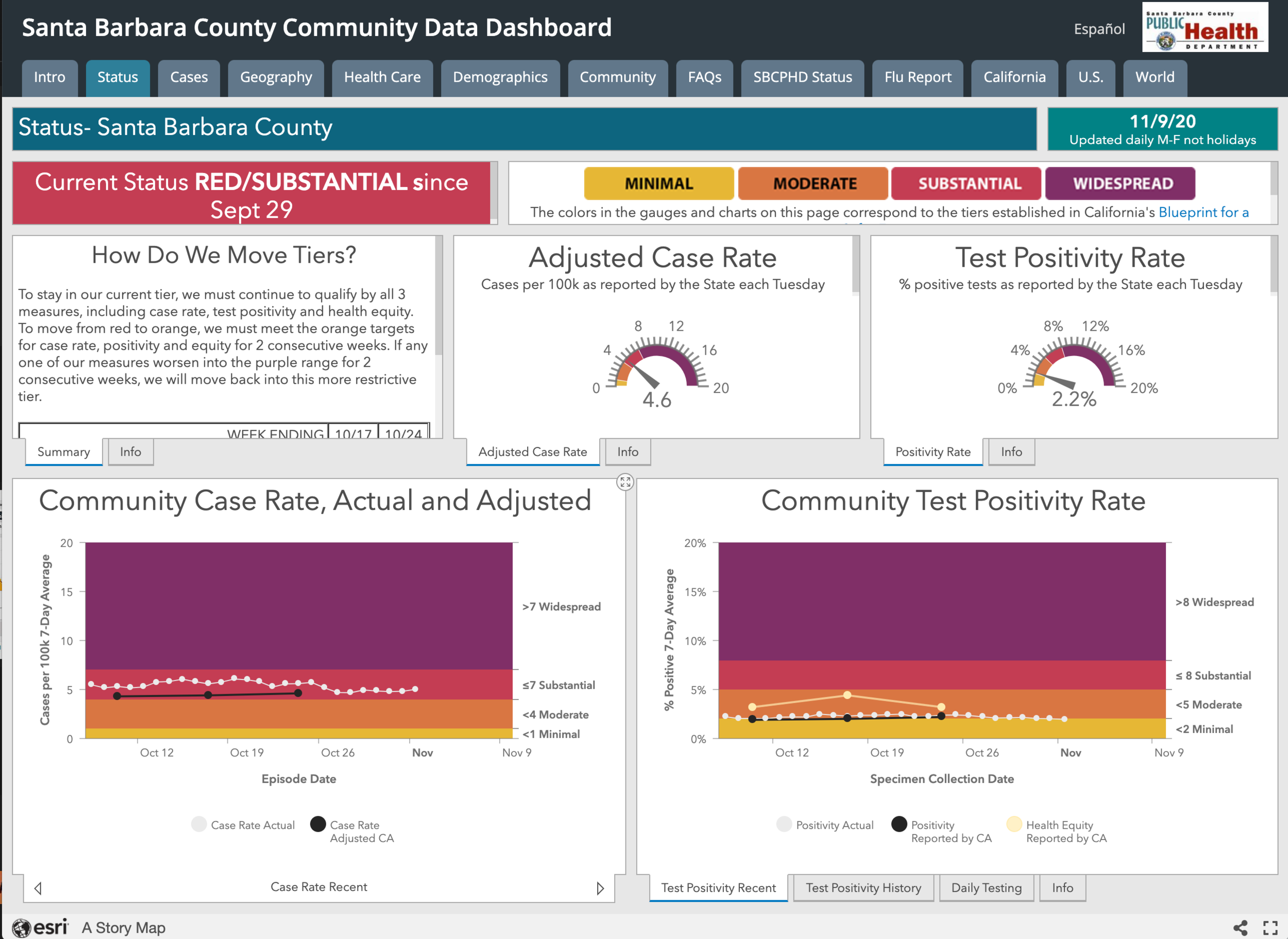
Collaborative Community Dashboard
True to our mission to help organizations collaborate on critical challenges that no single agency can tackle on their own, LegacyWorks Santa Barbara facilitated a public-private partnership and launched a countywide COVID-19 Data Dashboard.
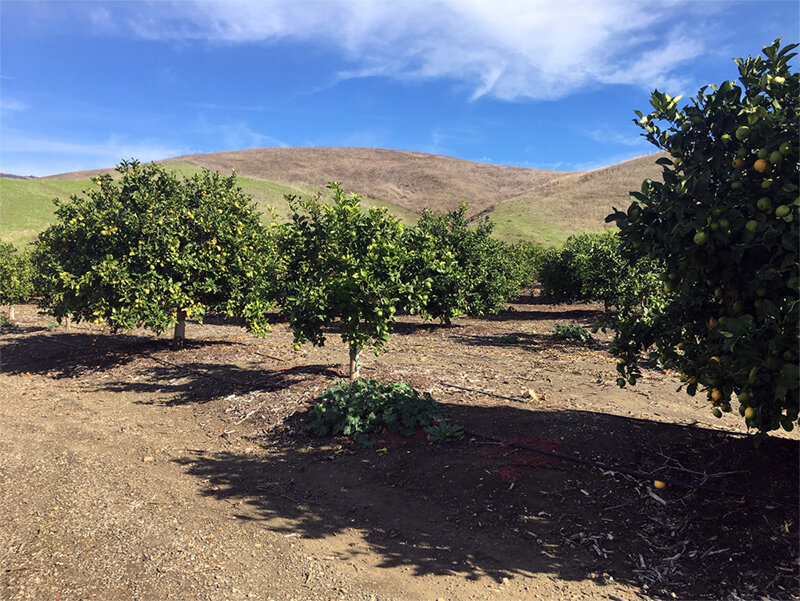
Landowner Carbon Farm Plans
In partnership with the Cachuma Resources Conservation District, LegacyWorks helps owners of working lands to plan and implement regenerative agricultural and grazing management practices to increase the rate at which carbon is captured and reduce the rate at which it is lost or emitted.
Archived Projects
Learn about projects that have come to a close or graduated from our network of support.
